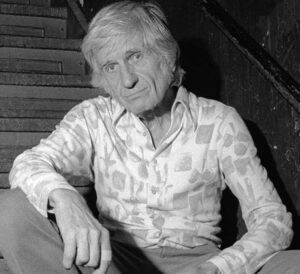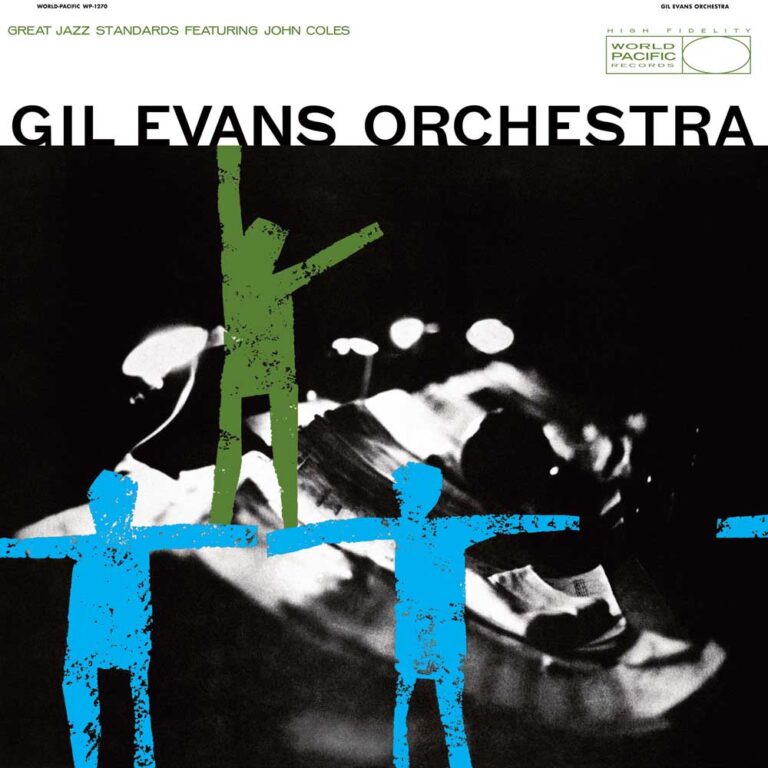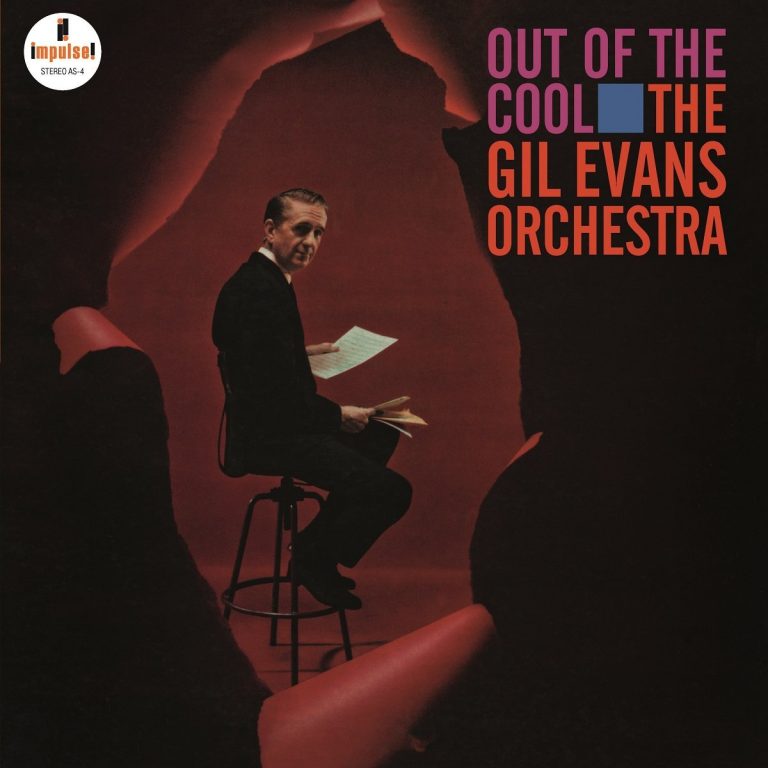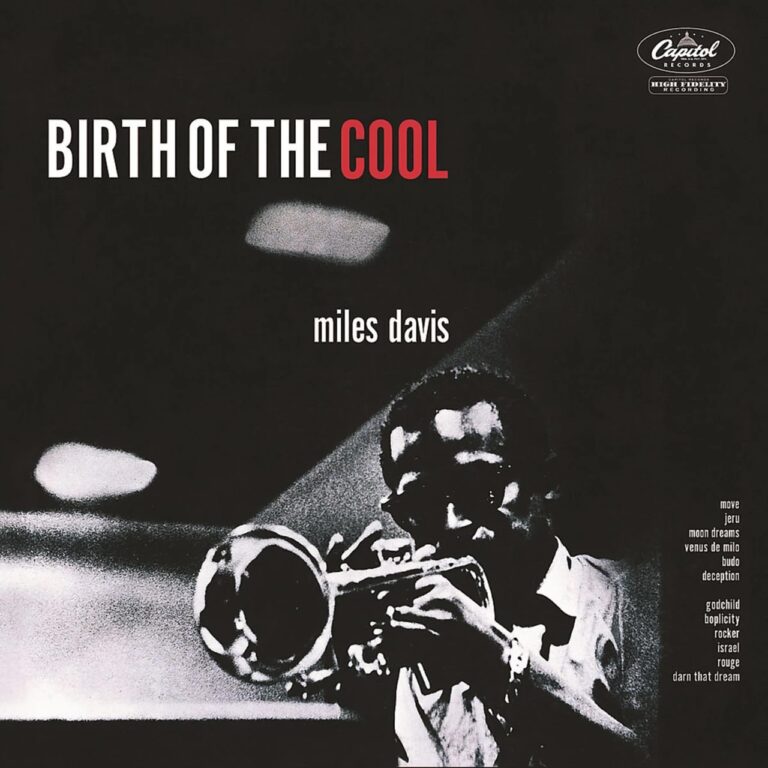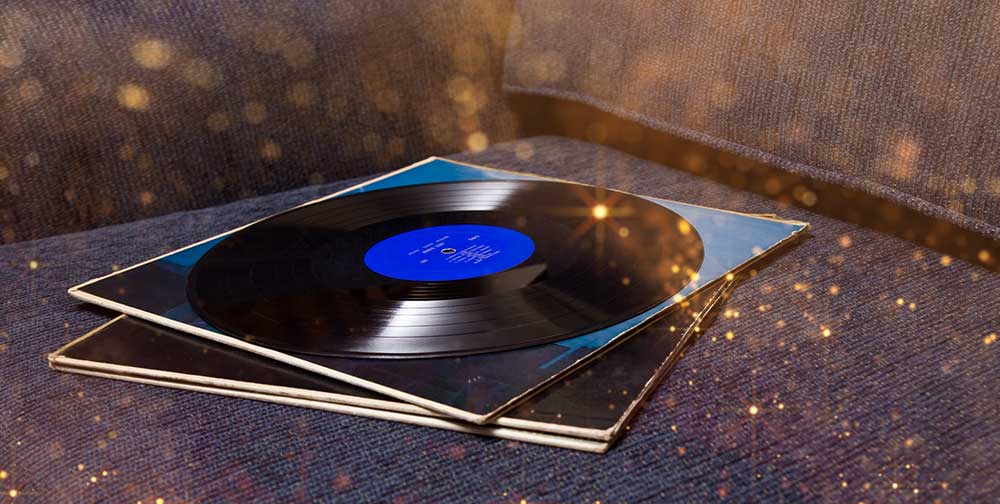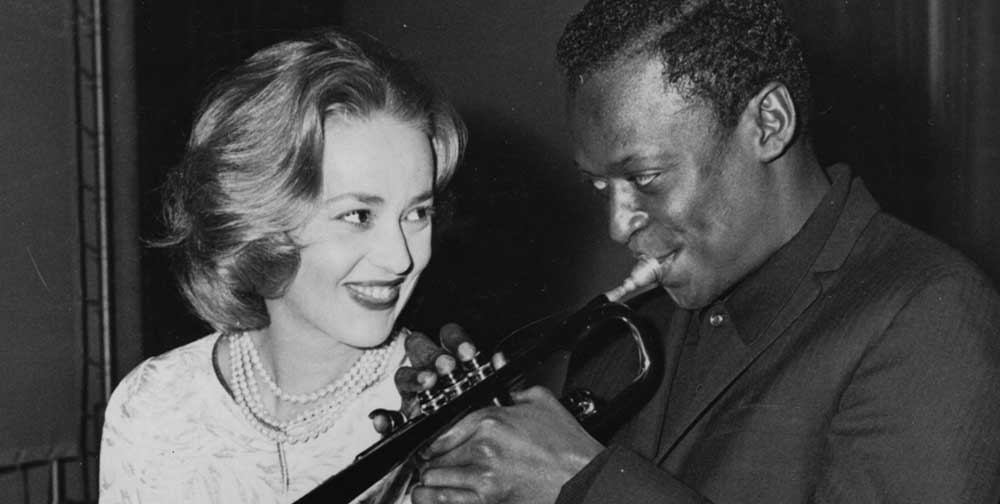It’s hard to overstate the influence Gil Evans has had on the course of jazz history. Known as a masterful arranger, composer, band leader and pianist – Evans was an enigmatic, very private but reputedly engaging individual. He eschewed as much self-promotion as he could, much to the chagrin of those working closely with him.
A self-taught musician, Evans had a remarkable ear and touch for arrangements. Often the first association that comes up when he is discussed is his role as arranger for Miles Davis’s legendary “Birth of the Cool” sessions. While an extraordinary and seminal set of recordings, the work of Evans goes much deeper – from his collaborations with guitarist Kenny Burrell to his releases as a band leader with his own jazz orchestra.
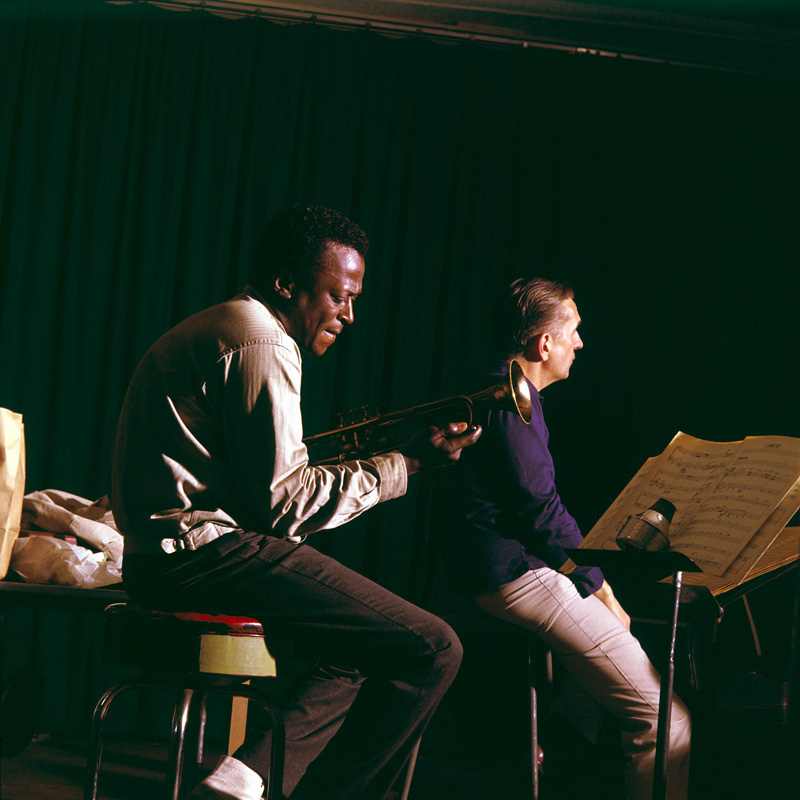
Notable for his role in the development of cool jazz and jazz fusion, Evans featured instruments not commonly used in the music at the time, such as the English horn (or cor anglaise), French horn and Tuba.
Many jazz greats have paid their respects to the role of Gil Evans. Herbie Hancock described him as a “true innovator”, adding that “he expanded the possibilities of jazz” – while Wayne Shorter said that his arrangements “were like a symphony” and that “he opened doors for us”.
Here are just some of the albums that give a flavour of the incredible impact that this enigmatic and legendary figure had on jazz.
Gil Evans Orchestra – Great Jazz Standards
Already established through his work on “Birth of the Cool” and “Miles Ahead” with Miles Davis and a couple of his own albums, Evans set about recording “Great Jazz Standards” in 1958.
The album deftly demonstrated the ability of Evans to breathe new life into known compositions, through his nuanced, emotive and rich arrangements. Album opener, Bix Beiderbecke’s “Davenport Blues” is imbued with a subtle power courtesy of Gil’s orchestra.
Elsewhere Thelonious Monk’s “Straight No Chaser” shimmers and pulses along, enriched by the extraordinary Evans touch. The set is closed out by the only Gil original present, “La Nevada”, which provides a rousing and distinctly bop-infused end to the album.
Gil Evans Orchestra – Out of the Cool
Considered by some to be the abiding masterwork, in the Evans catalogue, “Out of the Cool” deepens and expands the approach he took on “Great Jazz Standards”.
Evans’ orchestra starts with “La Nevada”, the closer from the aforementioned previous album. This serves as a statement of intent as this eschews the driving bop stylings of the other version, opting for a much cooler feel with Elvin Jones’ use of shakers standing out against a moody re-tooling of the track, that gains an additional nine minutes. It’s a glorious opening salvo for this classic record.
Throughout the set, Evans masterful arrangements bring to life interpretations of everything from Kurt Weill and Bertolt Brecht’s “Bilbao Song” to George Russell’s “Stratusphunk”.
Gil’s pianism across the album is masterful, moving between comping along with the soloists in his orchestra and coming into the spotlight. His playing rarely remains out front for long, mirroring how he operated as a person. He develops pieces as a whole, using his piano work to support the composition and augment the work of others in the orchestra rather than leading proceedings.
Kenny Burrell – Guitar Forms
Kenny Burrell’s “Guitar Forms” is not only a certified classic of jazz guitar playing, but it also demonstrates the extraordinary ability of Evans to develop and add emotional colour and depth to the work of others.
The album comprises three small-band blues numbers, a solo guitar rendition of George Gershwin’s “Prelude 2”, and five tracks performed with the Gil Evans Orchestra.
Burrell’s fluid and melodic guitar work slides across the top of Evans’ rich, harmonically complex and subtle setting of classical composer Cyril Scott’s “Lotus Land”. This is a fine example of the way Evans “expanded the possibilities of jazz” as Herbie Hancock put it.
Miles Davis – Birth of The Cool
While the influence of Evans extends far beyond his work with Miles Davis, it would be impossible to ignore “Birth of the Cool”. Compiled from three storied sessions in 1949 and 1950, the album as the name suggests, helped bring about a calmer, cooler sound that would go on to challenge the dominance of bebop and hard bop.
Davis worked with a nonet for the sessions featuring instruments such as French horn and tuba, which he was not prone to working with previously. Though Evans didn’t arrange every piece recorded throughout the “Birth of the Cool” sessions, his influence chimes across the entire set, from the harmonic complexities explored to the choices of instrumentation.
Although recorded at the end of the 1940s and start of the 50s, “Birth of the Cool” wasn’t released until 1957, at which point it sent reverberations through the jazz world. The album demonstrates the role of Evans the arranger, but also his broader influence on stars like Davis through everything from choices of instrumentation to mood and use of harmony.
Andrew Taylor-Dawson is an Essex based writer and marketer. His music writing has been featured in UK Jazz News, The Quietus and Songlines. Outside music, he has written for The Ecologist, Byline Times and more.
Header image: Gil Evans. Photo: Allan Tannenbaum/Getty Images.
